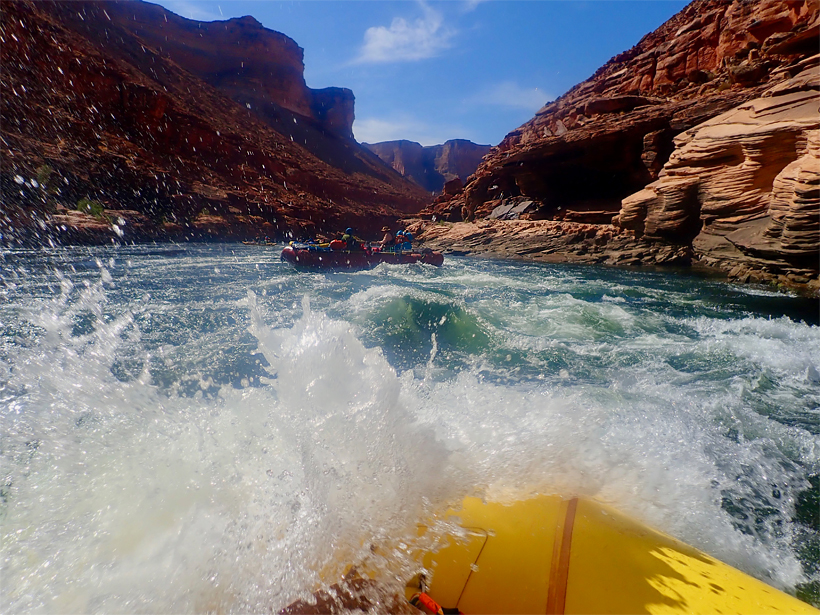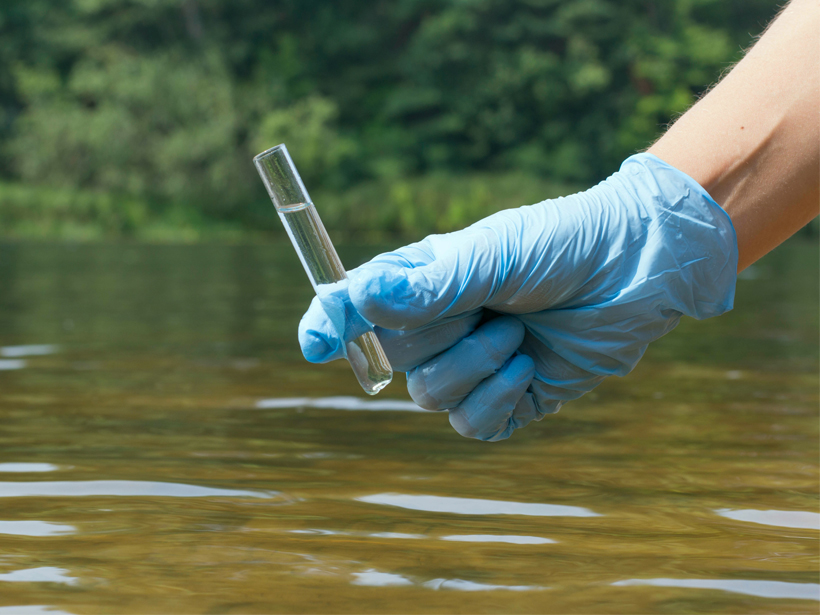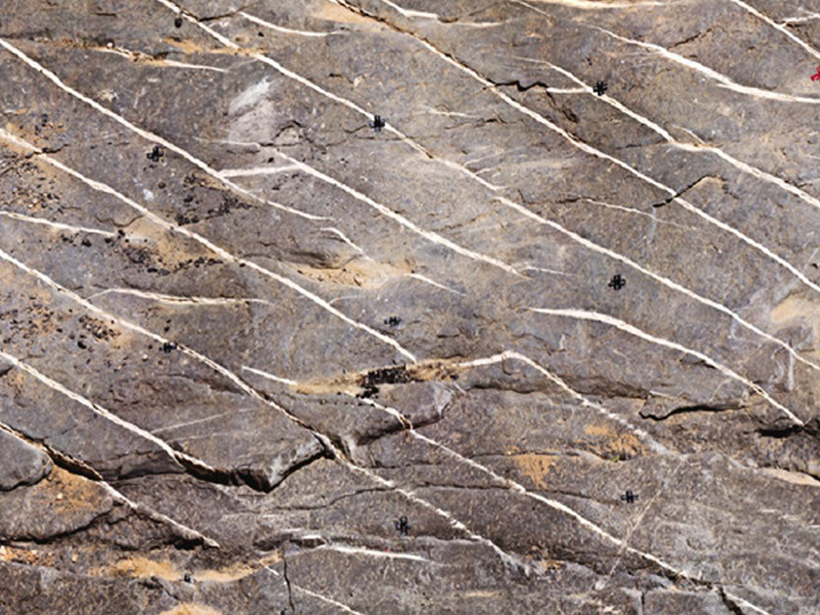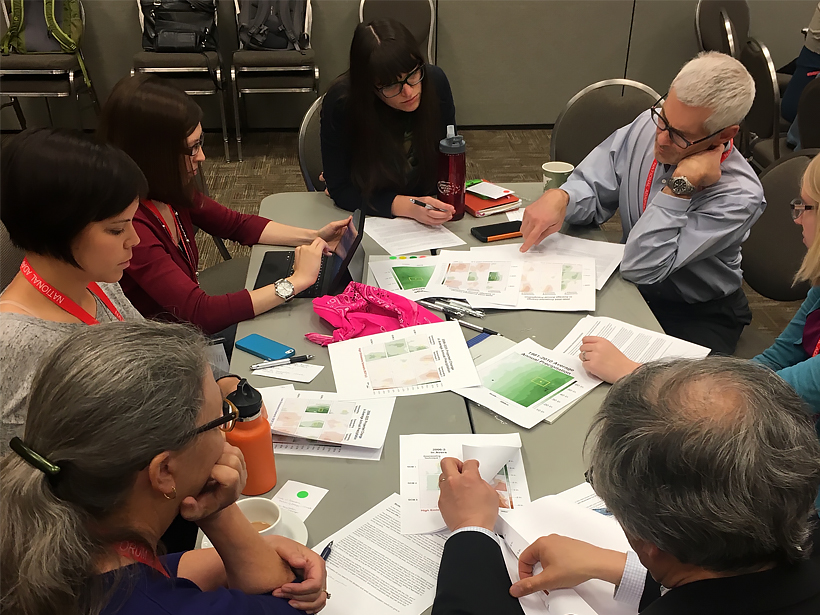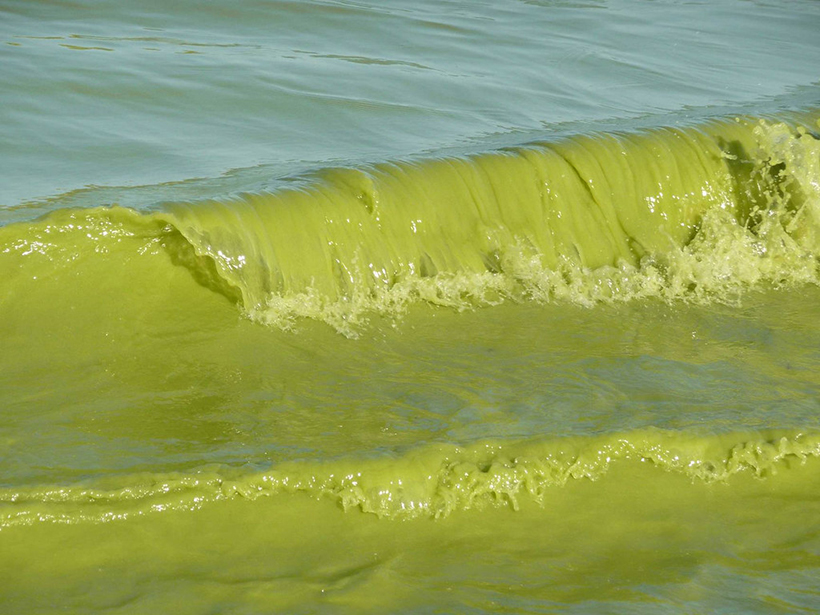Active asteroids lurk in the asteroid belt, unseen until they’re blown to smithereens.
CC BY-NC-ND 2019
Will Earth’s Grandest Canyon Keep Getting Grander?
Living in Geologic Time: Rafting through the past, present, and future of the Colorado River and the Grand Canyon.
Fugitive Gas Abetted by Barometric Pressure
Barometric pressure, in addition to factors such as lithology and the depth of the water table, can influence patterns of natural gas that escapes to subsurface soils.
Sparks May Reveal the Nature of Ash Plumes
In lab experiments and models, researchers uncover how ash can affect the standing shock waves of erupting volcanoes. Their findings may lead to new predictions of volcanic ash hazards.
Modeling How Groundwater Pumping Will Affect Aquatic Ecosystems
Regions with dry climates and heavy agricultural industries may be the most hard-hit.
How Chemical Processes Influence Fracture Pattern Development
Many tools of chemical analysis, experimentation, modeling, and theory have the potential to increase our understanding of how fracture patterns develop at different geological time scales.
Making Sense of Local Climate Projections
Hands-on training, collaboration with scientists, and practice using real-world challenges give planners and decision-makers confidence to work with climate model information.
Peatlands Are Drying Out Across Europe
Peatlands are some of the world’s largest reservoirs of soil carbon, but new research finds that in Europe they are drying out, putting them at risk of turning from carbon sinks to carbon sources.
Submarine Rivers of Sediment
Turbidity currents move suspended sediment into the ocean. In general, the more sediment, the stronger the turbidity current, but one process may generate turbidity currents from very dilute rivers.
Toxic Algal Blooms Are Worsening with Climate Change
Researchers use remote sensing technology to carry out a global survey of large freshwater lakes.


